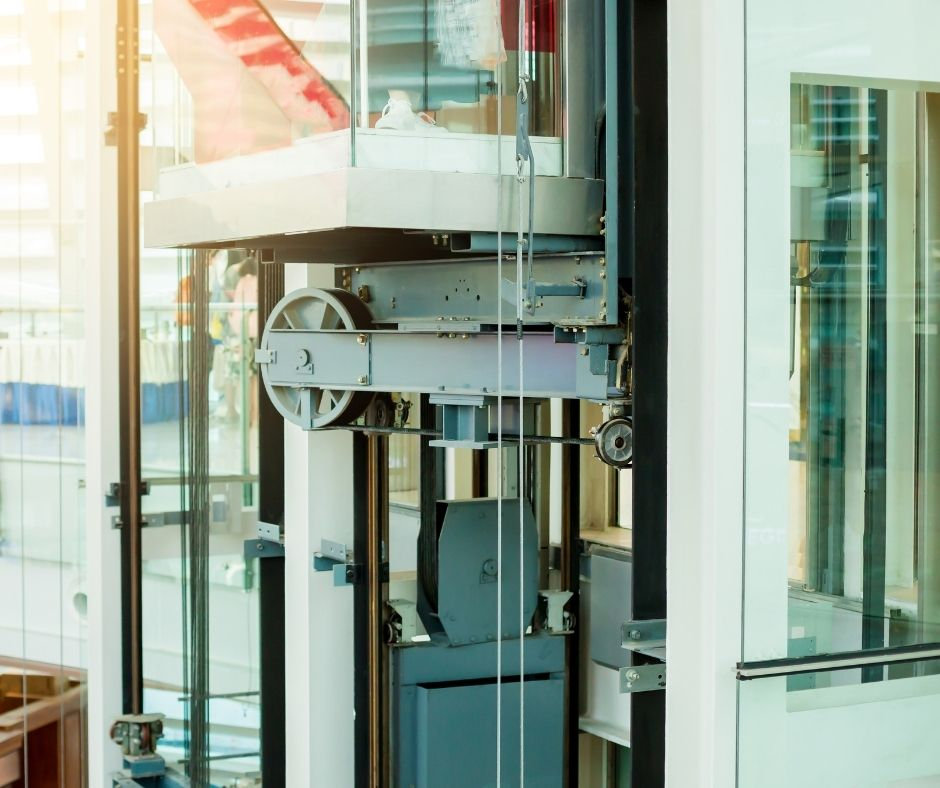Blog Single

When it comes to the design and installation of lifts, understanding lift dimensions is crucial. Proper lift dimensions in mm, lift well size, lift pit depth, and stretcher lift size in feet all play significant roles in ensuring that lifts operate efficiently and safely. In this blog post, we will discuss how lift dimensions impact design and installation, focusing on the requirements for different types of buildings.
Standard Lift Dimensions for Residential and Commercial Buildings
Lift dimensions vary based on the type of building and its intended use. Here are some standard lift dimensions commonly used in residential and commercial buildings:
Residential Lifts: Typically, residential lifts have a cabin size ranging from 800 mm to 1200 mm in width and 1000 mm to 1400 mm in depth. The height can vary, but a standard height of 2100 mm is common to accommodate most users comfortably.
Commercial Lifts: For commercial buildings, lift dimensions are generally larger to accommodate higher traffic and heavier loads. Standard dimensions for commercial lifts range from 1100 mm to 2000 mm in width and 1400 mm to 2500 mm in depth, with a height of around 2100 mm to 2400 mm.
Understanding these standard lift dimensions is essential for architects and builders to ensure that the lifts fit seamlessly into the building design.
Stretcher Lift Size: Specifications for Hospitals
In healthcare facilities, stretcher lifts are critical for transporting patients safely and efficiently. The stretcher lift size in feet is typically larger than standard lifts to accommodate stretchers and medical equipment.
Stretcher Lift Dimensions: A common stretcher lift size is approximately 3 feet (900 mm) in width and 7 feet (2100 mm) in length. This size allows for the safe transport of patients on stretchers, ensuring that there is enough space for medical personnel to assist during transit.
When designing hospitals, it is vital to consider these specifications to ensure that stretcher lifts can operate effectively within the facility.
Importance of Proper Lift Pit Depth and Machine Room Size
The lift pit depth and machine room size are critical components of lift installation.
Lift Pit Depth: The lift pit depth must be sufficient to accommodate the lift's travel distance and ensure smooth operation. A standard lift pit depth ranges from 1 meter to 1.5 meters, depending on the lift type and design. Insufficient pit depth can lead to operational issues and safety hazards.
Machine Room Size: The machine room must be designed to house the lift's machinery and provide adequate space for maintenance. A typical machine room size is around 1.5 meters by 2 meters, but this can vary based on the lift's specifications. Proper machine room size is essential for ensuring that technicians can perform maintenance and repairs safely.
Structural Considerations for Retrofitting Lifts in Old Buildings
Retrofitting lifts in older buildings presents unique challenges. Structural considerations must be taken into account to ensure that the lift installation is safe and compliant with regulations.
Assessing Structural Integrity: Before retrofitting, it is essential to assess the building's structural integrity. This includes evaluating load-bearing walls, floor strength, and overall stability.
Space Constraints: Older buildings may have limited space for lift wells and machine rooms. Careful planning is required to determine the best location for the lift while adhering to lift dimensions and structural requirements.
Compliance with Regulations: Retrofitting must comply with local building codes and safety regulations. This may involve obtaining permits and ensuring that the installation meets current standards.
